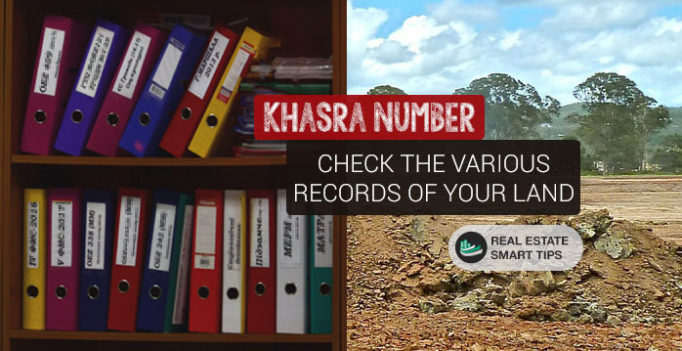Khasra is a term that comes in our way when we study land records in India. This came into practice in India during the Mughals. To put in simple words, it was put into practice to levy taxes and generate revenue. Subsequently, land records widely carry terms of Persian and Arabic origins. Undeniably, improvements have been made in the process of land record keeping; however, the terms continued to be an integral part of the revenue and legal system even today.
This blog in particular, intends to explain the fine points of the Khasra number.
Khasra Number: What is it?
In brief, the unique code allotted to the plot helps in finding the details such as registration time, possession (ownership) details, every detail about a particular piece of land. To put in simple words, each piece of land in urban India has a number. In particular, authorities consider the village map and allocate a khasra number to every land parcel in that particular village.
Khasra Number and Khata number: Difference
To clarify, the Khasra number, popularly known as Jamabandi or Fard is among the many particulars that are followed across Indian states under records of rights. Besides, Khasra number, the RoR also has information about the owner, leases, the total area of the land, mortgages, crop details, whether it is fertile, kind of crop cultivated on the land, the number of trees planted here, and the soil quality and cultivator’s facts. In fact, with the Khasra number, one can get the complete ownership history and type of the land.
To begin with, a Khata number, conversely, is an account number that a family gets. This consequently, indicates the complete landholding of all the members. Most importantly, the Khata number gives you the details of owners and their total landholding. To put in simple words, depending on the state you are looking for the land record, you need to use the Khata number to access the documents.
Who assigns the khasra number?
In particular, the lekhpal is in charge of preparing the local land revenue documents; across states where the term is popular. Most importantly, the village patwari supports the lekhpal in keeping the land revenue papers updated.
First thing to remember by buyers is that a khasra number is not always the same as a plot number. For instance, if a land parcel is divided/ gifted/sold and as the mutation takes place after the deal, consequently, the khasra number will change.
What All Information You Get
- How many own a set land parcel in the village
- How much agricultural land a village has
- If the owner cultivates a particular land
- How many people are cultivating in a particular land piece
- How much landholding a family has in the rural community
- Landholder’s share in the land
Wrapping up
It is important to realize most of the states these days have digitized their land records. Accordingly, users can go to the official revenue department website of the state concerned. He can then find out the details from there. Keep in mind, without a valid Khasra Number, you cannot check your records.
Found this blog useful, please “Like” & “Share”. Follow me on Twitter and Facebook page for more such posts. You’ll be notified each time a new post comes up.


Be the first to comment